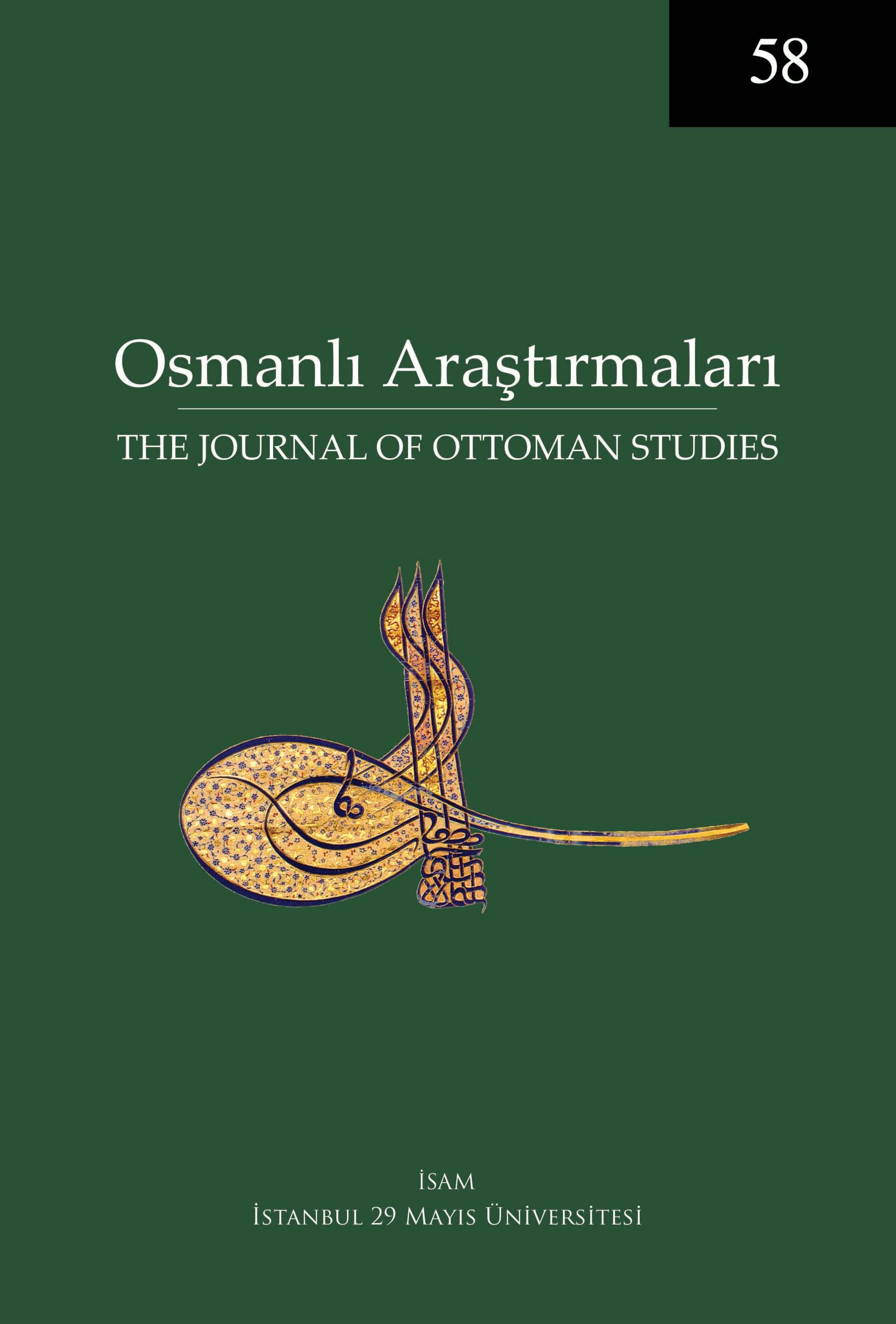Afterlives of Komitas K‘eömurchean (1656-1707): Commemorating an Istanbul-Armenian Martyr in Armeno-Turkish Literature and Sacred Pilgrimag
Keywords:
Komitas K‘eömurchean, Eremia K‘eömurchean, Armeno-Turkish, Neo-Martyrs, Armenian Catholics, Ecumenical Holy Sites, ConfessionalizationAbstract
Komitas K‘eömurchean (1656-1707) was an Armenian priest from Istanbul and the younger brother of the prolific writer Eremia K‘eömurchean. While Eremia was an Apostolic Armenian layman, Komitas was a clergyman known for his Catholic teachings, which brought him into conflict with leading Apostolic churchmen. Ultimately, he was sentenced to death before an Ottoman court and executed. After his death, Komitas’ grave became a site of ecumenical veneration for Armenians of all denominations, along with some Greeks and Muslims. This article describes how Komitas was commemorated after his death in Armeno-Turkish literature (Turkish written in the Armenian alphabet), and it presents transcriptions and translations of the Ottoman court record of Komitas’ trial and of his tombstone’s Armenian inscription. The article sheds light on Armenian Catholic history in the early modern period, and it contextualizes Komitas’ life and the events after his death among broader trends in Ottoman cultural history, namely “neo-martyrs” and sites of sacred pilgrimage.




